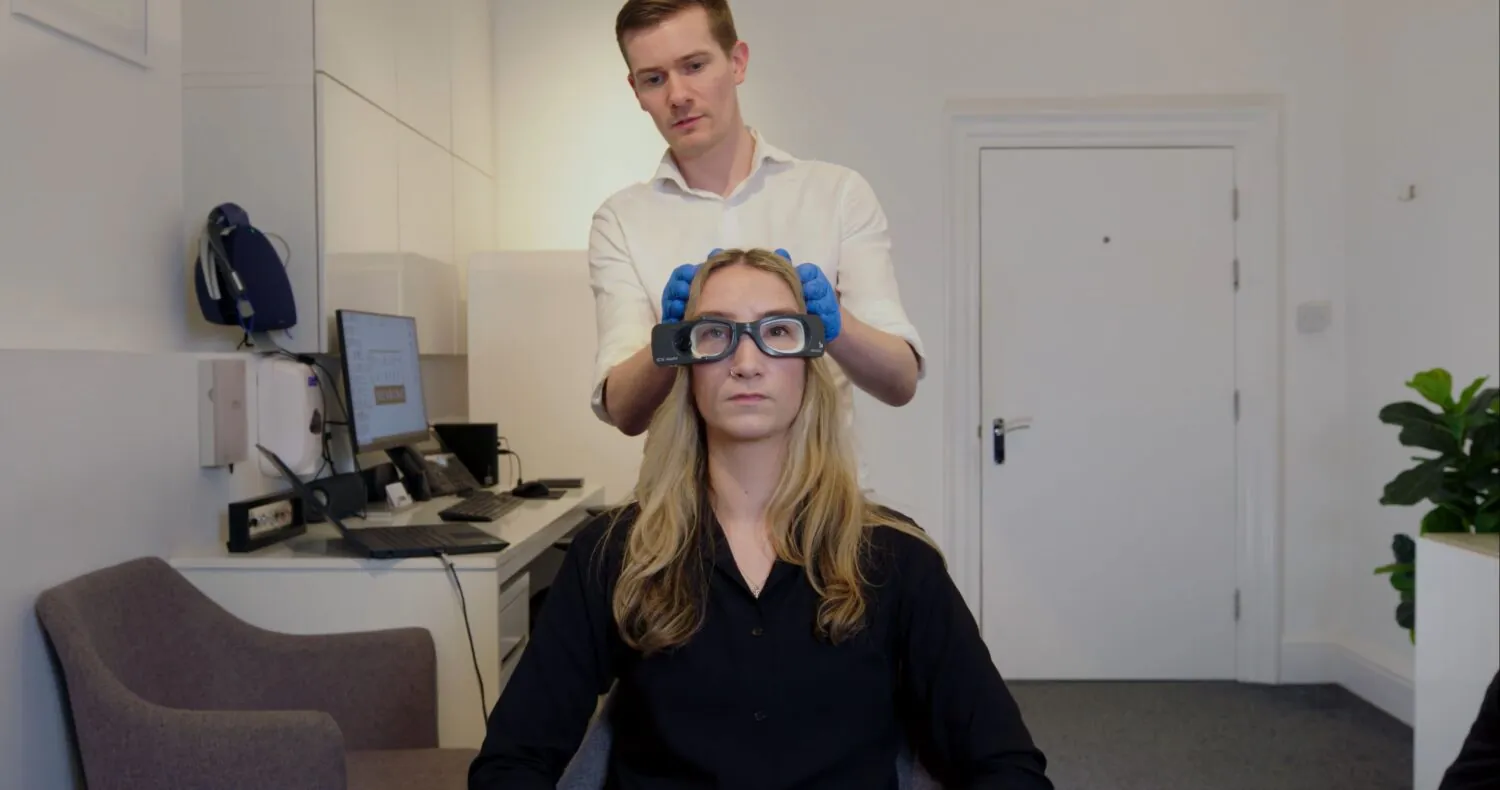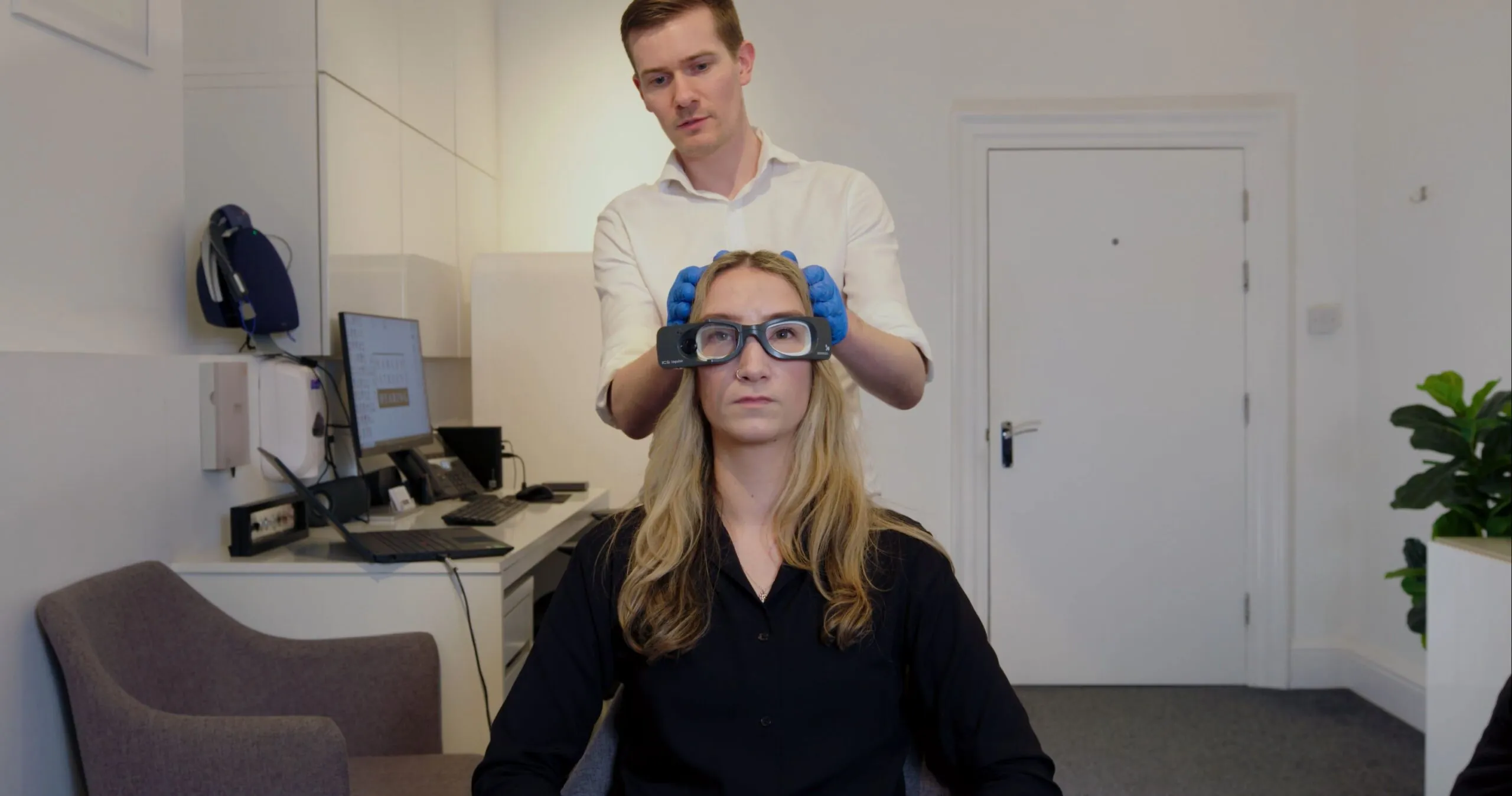Benign Paroxysmal Positional Vertigo (BPPV) is one of the most common causes of vertigo – the sudden sensation that you or your surroundings are spinning. While the name might sound intimidating, BPPV is a relatively benign (non-serious) condition, and it can often be treated effectively.
What Is BPPV?
BPPV occurs when tiny calcium crystals (called otoconia) in your inner ear become dislodged and move into one of the semicircular canals. These canals help control your sense of balance by detecting rotational head movements. When these crystals move into the canals where they don’t belong, they interfere with the normal movement of fluid, sending confusing signals to the brain. This causes brief episodes of dizziness, usually triggered by changes in head position – for example, rolling over in bed, looking up, or bending over.
The “paroxysmal” part of the name refers to the sudden onset of symptoms, while “positional” highlights that these episodes are triggered by specific movements or positions of the head.
How common is BPPV?
BPPV is more common than many people realise. It affects around 2.4% of the population at some point in their lives, with higher prevalence in older adults, particularly those over 60. It’s slightly more common in women than men. While it can be unsettling, BPPV is not life-threatening and does not cause permanent damage.
What are the symptoms of BPPV?
People with BPPV typically describe:
- Sudden dizziness or spinning (vertigo) that lasts a few seconds to a minute
- A feeling of unsteadiness or imbalance
- Nausea (in some cases)
- Symptoms brought on by specific head movements such as lying down or rolling over.
How is BPPV diagnosed?
Your audiologist can diagnose BPPV using a simple test called the Dix-Hallpike manoeuvre, where your head is gently moved into different positions to observe the characteristic eye movements (nystagmus) that indicate BPPV.
How is BPPV treated?
The good news is that BPPV can often be treated quickly and effectively with a series of head and body movements called particle repositioning manoeuvres. The most commonly used is the Epley manoeuvre, which helps move the displaced crystals back to their correct location in the inner ear with a very high success rate.
Most patients experience significant relief after one or two sessions, although some may need a few more. In rare cases, BPPV can recur, but it usually responds well to repeat treatment.
Living with BPPV
If you’ve been diagnosed with BPPV, it’s helpful to avoid sudden head movements immediately following a particle repositioning manoeuvre. Staying hydrated, managing stress, and getting adequate rest can also help reduce symptoms.
When to seek help
If you think you might have BPPV, you can self-refer to Harley Street Hearing for an assessment of your dizziness. With the right assessment and treatment, most people with BPPV return to normal daily life quickly and safely. You can contact the clinic by telephone or by submitting an online request.
If you’re experiencing dizziness that lasts more than a minute, is not triggered by movement, or is associated with other symptoms like hearing loss, headache, or double vision, it’s important to see a doctor, as these could be signs of a more serious condition.
Enjoy this article? You might be interested in some of our others:





